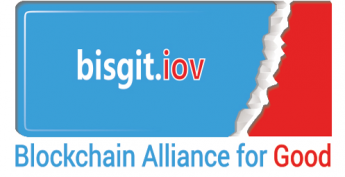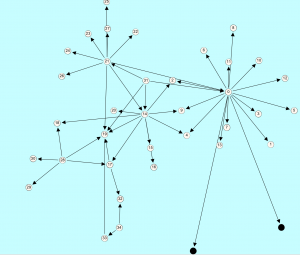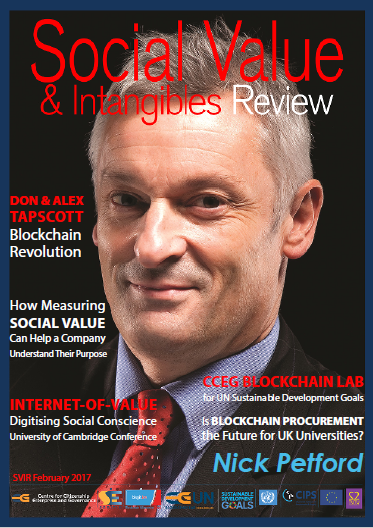
Tigris Ta’eed
I’ve always had a very clear idea of why I make art, and why others should. It’s a clarity which has on thankfully rare occasions stopped me from making art, or at least attempting to make it. I’ve always understood, perhaps instinctively that the role of the artist is to fill in the blanks, to frame the questions that have no answers and to legitimise our human lack of knowledge. What I’m talking about is the great unknown; where we came from and where we go when it’s all over. If we can learn to accept the fact that this fundamental knowledge is beyond our grasp, then uncertainty and ignorance must surely be ok. And if it’s ok not to know, perhaps even rather cool, what then for dogma?
Those very peculiar years between the greatest unknowns, birth and death, are filled with false certainties and charlatan insights. All we really know for sure is that we are unsure. Words like ‘perhaps,’ ‘maybe,’ ‘possibly’ or phrases like ‘I don’t know enough about it to have an opinion’ or ‘I used to think x but now I’m not so sure,’ are the sure fire P45s of the chattering classes with immediate expulsion from the smarterati.

Tigris Ta’eed
Entrenched ideas, immovable belief systems and implacable protocols are the enemies of art. Art exists to effect change. Its purpose is not simply to decorate, to offer investment opportunities or to allow collectors to bask in the reflected glory of a keen mind and a piercing talent. Neither does it exist in order to perpetuate what over the last two decades has become a burgeoning ancillary industry of celebrity curators, monolithic museum raising and art fair chic, with all the accompanying sneering cultural divisions and manufactured creative hierarchies.
Fighting dogma through accepting that the human condition is one of unclear thought and mostly hidden fragility is one of the ways that art can both instigate change, and maintain it. To this end I will be launching Antifreeze18 in May this year which is a unique celebration of visual art to be held at both formal and informal locations across the town of Northampton in September/October 2018. What sets it aside from any other national art event is that antifreeze is a direct response to the fact that much of the art we see in galleries and reproduced in journals and books is not representative of the cultural and philosophical values or aspirations, nor the creative impulses and needs of the broader populous. It is the aim of Antifreeze to recalibrate the visual art tradition into one which is relevant and inclusive and one which offers a platform to the thousands of people across the UK, both trained and untrained who make important, compelling and persuasive work but who are excluded, disengaged, disinclined or simply unable to conform to prevailing conventions.

Tigris Ta’eed
Antifreeze will bring together artists from across the UK and Europe who make art for reasons of expressive, communicative, poetic or political necessity. It will be antithetical to the current established art community and encouraging of art which is essential, profound, heartfelt, challenging, possibly unfashionable and perhaps transgressive or impolite. Selected work will reference the human condition in its broadest sense as opposed to the exclusively theoretical, fashionable or fiscally suppositional or prudent. Antifreeze defiantly isn’t an amateur art exhibition as the notion of the ‘amateur’ can’t be applied to artists who strive for these outcomes. Also the work submitted for selection will be subject to the same level of analytical consideration and criticality as that of ‘professional’ or established avant-garde work, except with significantly different criteria.
As well as choosing work for exhibition, the selection panel will also choose fifty artists who they consider would most benefit from one of thirty, £1,000 bursaries which will be sponsorship by local Northampton companies as well as the University of Northampton. Each bursary will bear the name of the sponsor. A really key factor in this whole event, and one of things that I’m perhaps most excited about is the fact that the work selected for inclusion will be picked up free of charge from designated drop off centers right across the UK as well as sites in Europe. (Albi, Toulouse, Perpignan, Antwerp and Frankfurt so far)After the 5 week period of exhibition the work will be returned to the centers, again free of any charge. The reason for this significant and defining aspect of the event is the fact that some of the kind of important artists that we are aiming to attract are either physically or physiologically unable to travel, or engage.

Tigris Ta’eed
The much ruminated, and admittedly overly poetic notion that the cure for cancer was lost on the battlefields of the Somme has some resonance within the current condition of the visual arts. Our Somme is multifarious; as I’ve said, the increasing dominance of the market place and the distorting effects of speculation, the fact that museums and galleries have become increasingly risk averse due to cuts in funding, a retreat from art education within the secondary system, and the louche pursuit of pedigree, status and celebrity at the expense of quality, consequence and weight. My piratical adoptive town of Northampton will help to recalibrate the visual arts tradition within the UK, which has become irrelevant and exclusive. Most people have experienced impenetrable modern art, and although the selected work will be held to exacting critical standards, engagement, resonance and the likelihood of intellectual, spiritual or political change will be decisive factors, all of which are democratically creative. Every arts society, every hospital, care home, college, university, studio collective, school, prison, working men’s club and community center across the UK will be invited to submit work.
The reason Antifreeze has taken off in the way it has, expanding unsolicited into Europe and garnering such ardent support and excitement across the UK, is that all those volunteering their time and their money share a set of core values. They might have quite different creative or personal tastes or preoccupations, but they believe wholeheartedly that art is not only important, but that its ability to effect sustainable societal change is worth fighting for. They witness the distorting effects of the market and the taste disfigurements of the unelected and the untalented. These are deeply principled individuals who are often wedded to a life of financial uncertainty in order to pursue that which contributes. An Art Coin could not only be used to maximise purchasing power through a broad network of collaborating businesses, institutions and support structures, but it could also be a badge of honour that reminds the kind of people that Antifreeze is seeking to celebrate that there is strength in numbers, and that what they do is not only legitimate, important and understood, but that it is vital.

Tigris Ta’eed








